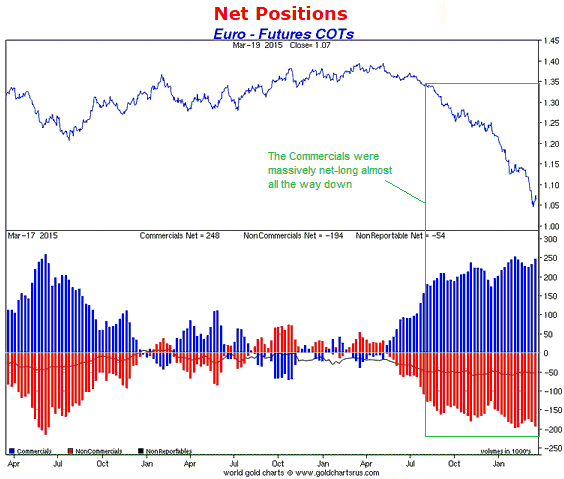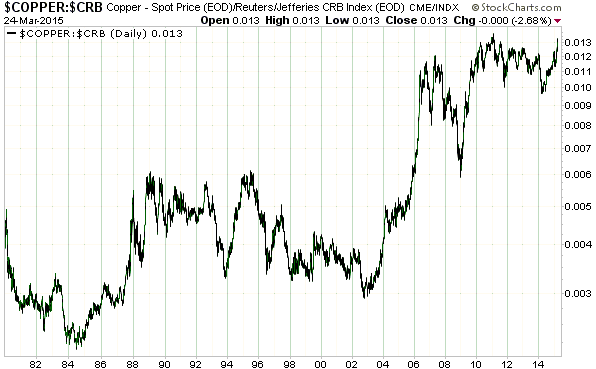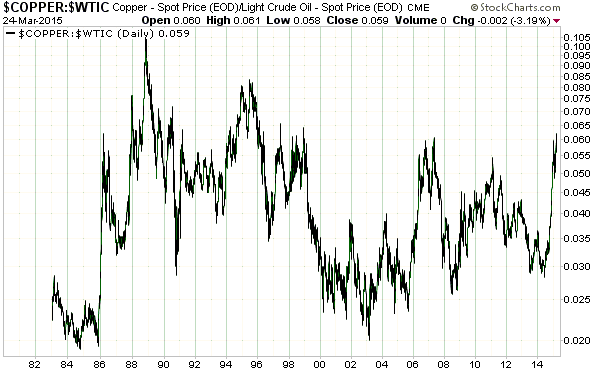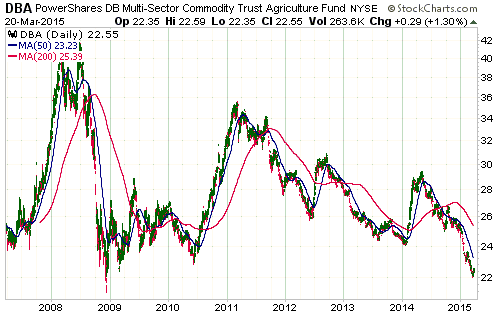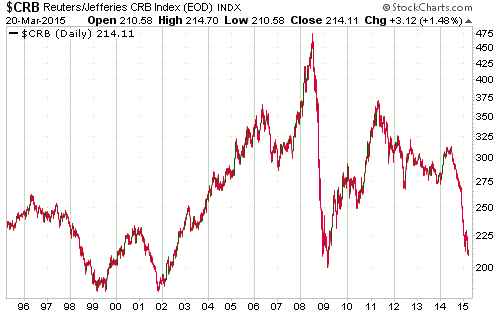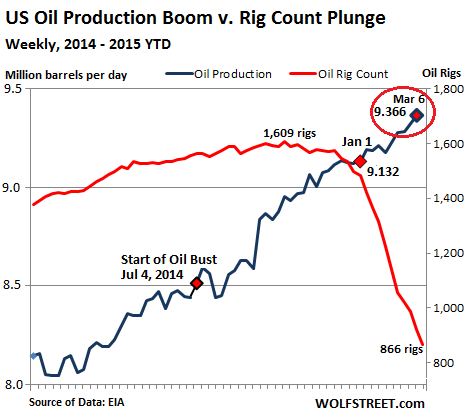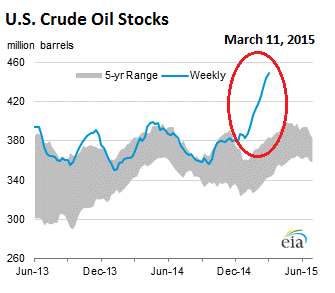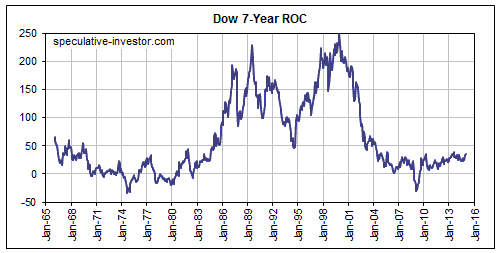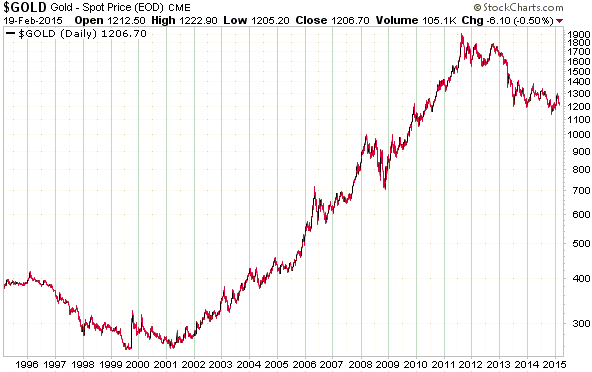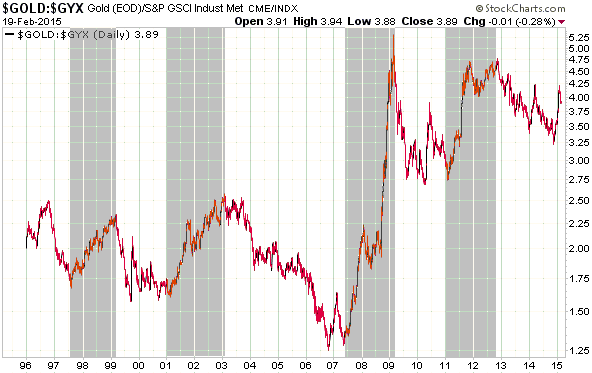Former Fed chief Ben Bernanke now has a blog. This is mostly good news, because he will certainly do less damage as a blogger than he did as a monetary central planner. However, it means that he is still promoting bad ideas.
I doubt that I’ll be a regular reader of Bernanke’s blog, because his thinking on economics is riddled with logical fallacies. Some of these fallacies were on display in his second post, which was titled “Why are interest rates so low?“. Some examples are discussed below.
In the fourth paragraph Bernanke states: “The Fed’s ability to affect real rates of return, especially longer-term real rates, is transitory and limited. Except in the short run, real interest rates are determined by a wide range of economic factors, including prospects for economic growth — not by the Fed.” However, earlier in the same paragraph he states that the real interest rate is the nominal interest rate minus the inflation rate, that the Fed sets the benchmark nominal short-term interest rate, that the Fed’s policies are the primary determinant of inflation and inflation expectations over the longer term, and that inflation trends affect interest rates. Also, the Fed clearly attempts to influence the prospects for economic growth. So, by Bernanke’s own admission the Fed exerts considerable control over the “real” interest rate. In other words, he contradicts himself.
A bit further down the page he states: “…[the Fed's] task amounts to using its influence over market interest rates to push those rates toward levels consistent with the equilibrium rate, or — more realistically — its best estimate of the equilibrium rate, which is not directly observable.” And: “[the Fed] must try to push market rates toward levels consistent with the underlying equilibrium rate.”
So, having said in the fourth paragraph that the Fed has minimal control over the real interest rate and then contradicting himself by saying that the Fed controls or influences pretty much everything that goes into determining the real interest rate, he subsequently says that the Fed’s task is to push the market interest rate towards the “equilibrium rate”, which, by the way, is unobservable. Now, the so-called “equilibrium rate” is the REAL interest rate consistent with optimum usage of resources. In other words, he’s now saying that the Fed’s task is to push the REAL market interest rate as close as possible to an unobservable/unknowable “equilibrium rate”, having started out by claiming that the Fed doesn’t determine the real interest rate. I wish he would at least keep his story straight!
As an aside, the equilibrium rate is the rate that would bring the supply of and demand for money, capital and other resources into balance, which is the real rate that would be sought by the market in the absence of the Fed. In other words, if the Fed did its job to perfection, which is not possible, then it would be constantly adjusting its monetary levers to ensure that the market interest rate was where it would be if the Fed didn’t exist.
Bernanke goes on to say that today’s US interest rates aren’t artificially low, they are naturally low. Apparently, the Fed’s ultra-low interest rate setting is a reflection of a naturally-low interest-rate environment, not the other way around. This prompts the question: Why, then, can’t the Fed just get out of the way? To put it another way, if default-free nominal interest rates would be near zero and real interest rates would be negative in the absence of the Fed’s gigantic boot, then why can’t the Fed allow interest rates to be controlled by market forces?
It seems that Bernanke cleverly anticipated this line of thinking, because in a beautiful example of circular logic he says “The Fed’s actions determine the money supply and thus short-term interest rates; it [therefore] has no choice but to set the short-term interest rate somewhere.” That is, the Fed can’t leave the short-term interest rate alone, because if the Fed exists it will inevitably act in a way that alters the short-term interest rate. Clearly, Ben Bernanke can’t even imagine a world in which there is no central bank.
Ben Bernanke ends his post by putting aside all the talk in paragraphs 5 through 9 about the Fed’s efforts to control the real market interest rate and by reiterating his comment (from paragraph 4) that the Fed doesn’t determine the real interest rate. As a final piece of evidence he notes that interest rates are low throughout the world, not just in the US, but forgets to mention that central banks throughout the world are behaving the same way as the Fed.
 Print This Post
Print This Post

